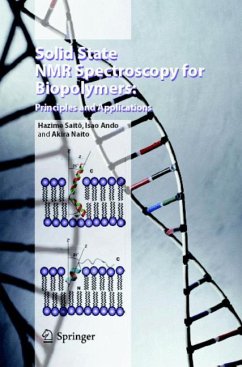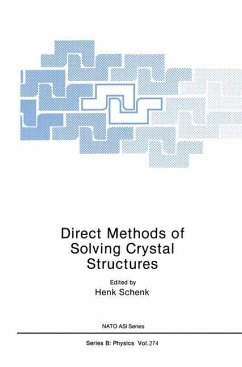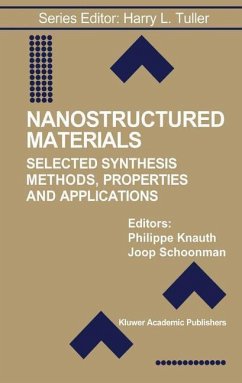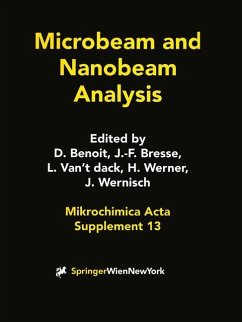
Molecular Orientation Analysis Using Polarized Vibrational Spectroscopy
A Programmatic Approach
Versandkostenfrei!
Versandfertig in 6-10 Tagen
91,99 €
inkl. MwSt.

PAYBACK Punkte
46 °P sammeln!
This book illustrates how the structural information content in polarized vibrational spectra can be extracted to provide access to the organization of molecules in materials. It uniquely integrates programming concepts and complete code examples with a discussion of the spectroscopy and data analysis. It will also be of interest to those performing molecular simulations that wish to extract parameters of interest to experimentalists, including modeling of the vibrational spectra. Topics revolve around three techniques: polarized infrared absorption spectroscopy (including internal & external ...
This book illustrates how the structural information content in polarized vibrational spectra can be extracted to provide access to the organization of molecules in materials. It uniquely integrates programming concepts and complete code examples with a discussion of the spectroscopy and data analysis. It will also be of interest to those performing molecular simulations that wish to extract parameters of interest to experimentalists, including modeling of the vibrational spectra. Topics revolve around three techniques: polarized infrared absorption spectroscopy (including internal & external reflection, ATR-IR), polarized Raman scattering, and nonlinear visible-IR sum-frequency generation. Although the basics of the hardware are mentioned, the emphasis is on quantitative analysis of the spectral data for elucidation of the molecular structure in terms of molecular orientation and conformation. The underlying motivation is to demonstrate a complete and consistent framework that may be applied in a stepwise and logical manner to the results of each experiment. The goal is not only to illustrate quantitative structural analysis within each technique, but also to encourage development across the techniques.












